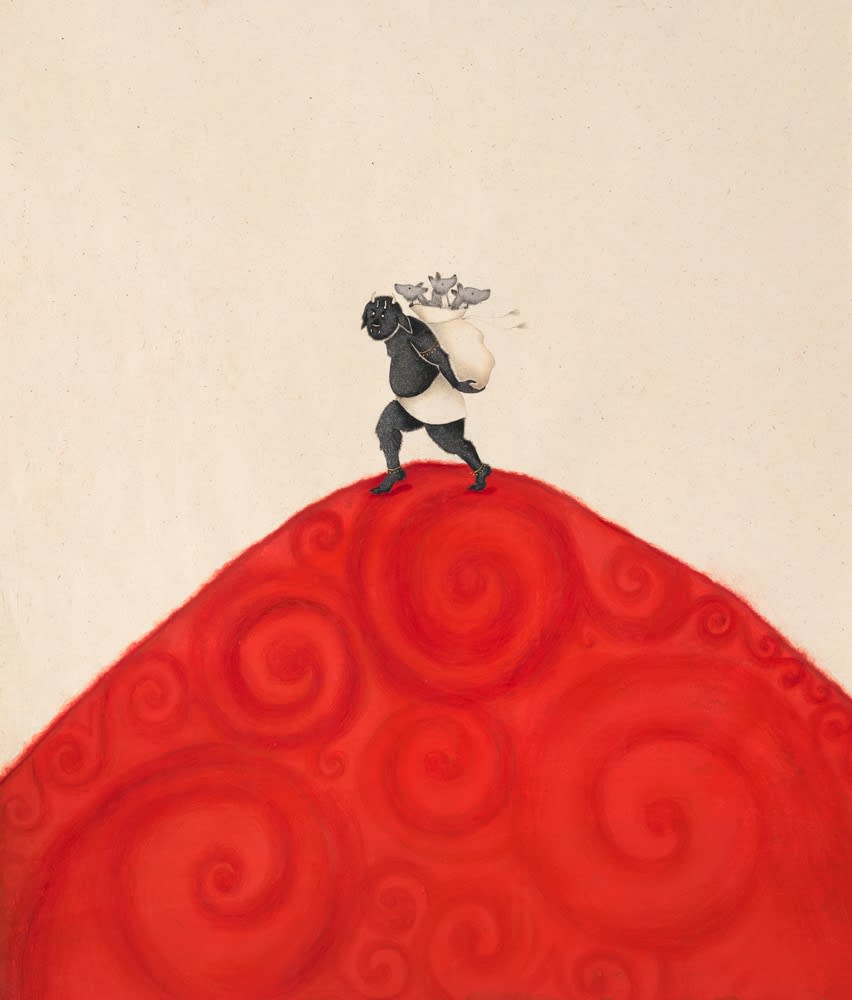Yasmin Hayat
Palmyra, famous for its Roman ruins, with an Amphitheatre and temple leading you into the valley of tombs. It is a city perhaps most famous for its legends of Zenobia, the beautiful Syrian queen who led a revolt against the Roman conquerors. Perhaps less known is Palmyra’s other local alias and I don’t mean Tadmoor (the Arabic name for Palmyra) but its folk name – Palmyra, the City of Jinn.
Palmyra was centred along the trade route and was a hub for merchants who travelled far and wide. The genie were believed to be the protectors of the caravans, farm animals and crops, and desert villages and shrines were built in honour of them. Their images can been seen carved into the facades of ancient Palmyrian buildings. The jinn of Palmyra are believed to share characteristics similar to that of humans and were depicted wearing Romanesque togas. Differentiating them from humans was the thick fur that covered their legs, while others had hoofed feet with tails and flapping ears; some even appeared as floating heads or headless bodies. Unlike humans, the jinn are made from smoke and can appear as black smoky shadows; they have the ability to fly and can choose whether they wanted to interact with humans or not. Being mischievous beings, the genies are known to pull the wool over the eyes of their human counterparts, with valuable goods being deliberately misplaced or stolen by neighbouring genies.
Within Palmyra, there was a Genie known as Shai al-Qaum. Translated into English this name means ‘protector’, or ‘the one who accompanies the people.’ Ancient stories from the region see travelling merchants exchanging money or precious items with the genie in return for his protection of their resting livestock. This painting depicts Shai’ al-Qaum, and the mischievous nature of the genie, as after accepting payment from the merchant he runs off with the valuable livestock.
This painting was made as a partner to the painting ‘The dogs of Ashabe-Kahf’ in which the stolen dogs are seen running around a sacred mountain where they protect a sacred cave.
Provenance
Exhibitions
Degree Show, London, 2018.
Publications
Araborama : Le monde arabe existe-t-il [encore] ?, Paris, 2020.
